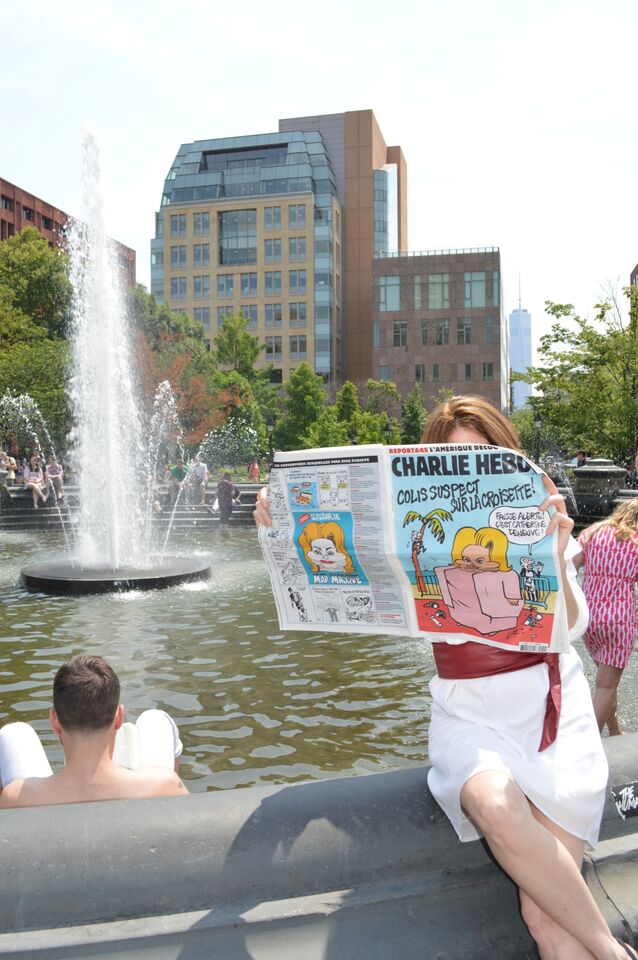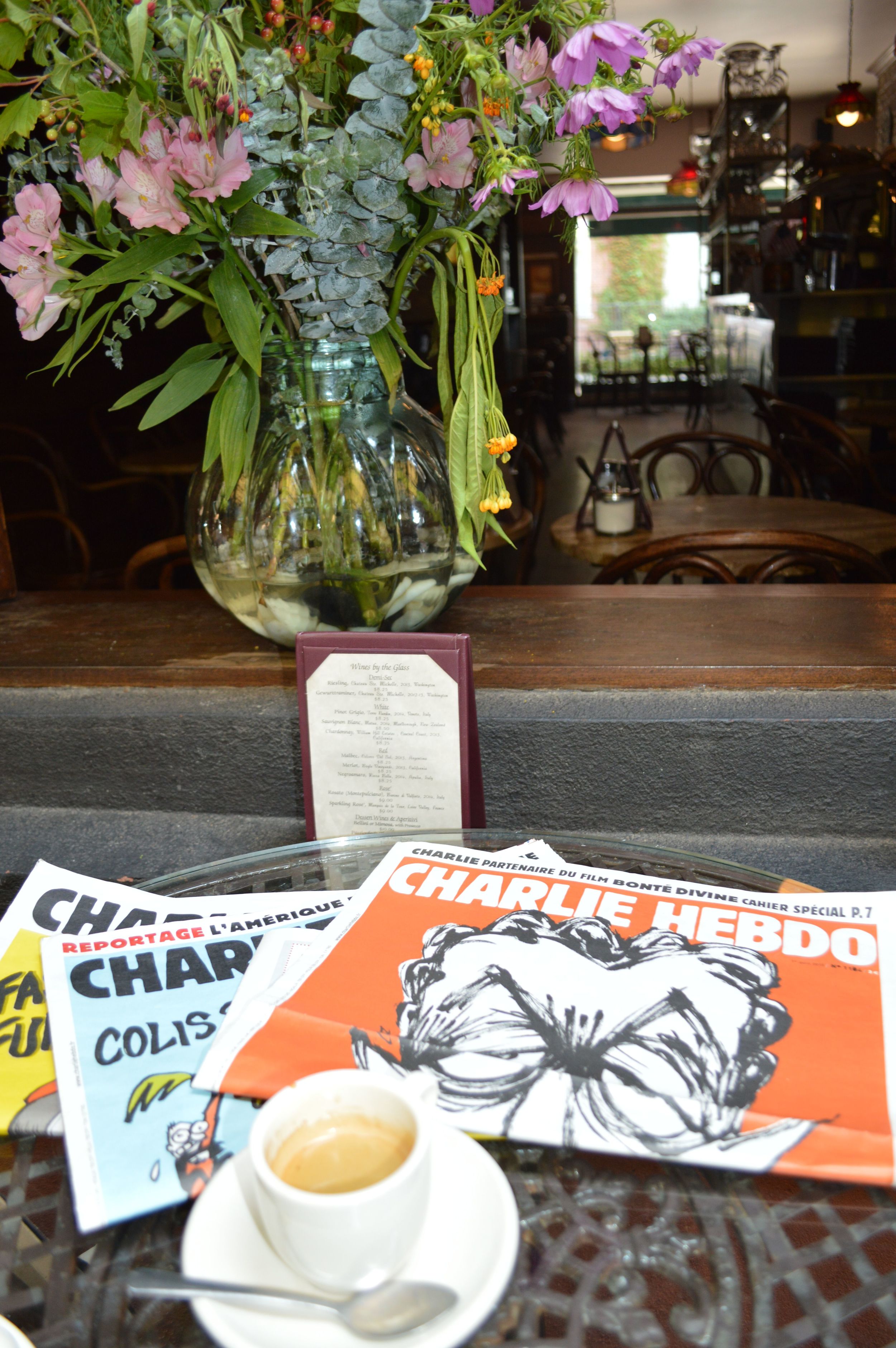Given recent barbarous attacks in Paris, I am publishing an article from Creativity Is Risky: Free Speech in a Charlie Hebdo World about a French boy threatened with his life for standing up for his beliefs. The full magazine, published September 1, and related content can be found here.
A week after the murder of 11 journalists at CharlieHebdo’s offices in Paris, a boy at Marcelin Berthelot de Saint-Maur-des-Fossés school in Val-de-Marne, southeast of Paris, published an homage to the fallen in his high school paper. In response, he received death threats in a series of seven brief letters, two of which contained bullets.
“We want your death,” said one letter. “Say your goodbyes.”
Pierre, a French currency trader living in a suburb of New York City with his wife and two sons, attended Marcelin Berthelot and grew up reading comic books by Charlie Hebdo editors Jean Cabut, whose pen name was Cabu, and Georges Wolinski.
He feels particular pain over what happened and a true sense of nostalgia. “They were legends, as famous as Jon Stewart,” he said during a recent interview in a bustling café across from Grand Central Terminal. “I grew up with them.”
Pierre was an avid reader of Cabu’s “Legrand Duduche,” a comic strip that debuted in 1963 featuring a blond and lanky schoolboy wearing glasses — one who closely resembled Cabu. In the 1970s, “Legrand DuDuche” became an anti-authority and antimilitaristic character, and he evolved over the years into a pacifist and ecologist.
Those who murdered the Charlie Hebdo journalists and, shortly thereafter, shoppers at a kosher supermarket attacked the very heart of French society, said Pierre. “They attacked what we stand for and how we express ourselves. They attacked the way the French have designed to live together in religion.”
He is not surprised at the death threats against the young journalist, not because of any ill will against individual Muslims but because of tensions in French society.
While the lycée is in an affluent area, in the same region as the Château de Grosbois, Muslim ghettos are not far away. These areas are called zones d’education prioritaires, or priority education zones, and were created in 1981 to address the needs of disadvantaged and immigrant students — to “give more to those who have less.” The so-called ZEPs have proved a failure, as French Education Minister Vincent Peillon has said. Last year the French government enacted a series of reforms in an attempt to stem the “ghettoization,” according to L’Express.
“The socioeconomic problems are really explosive,” Pierre said. “The norm for teenagers in the ghettos is to hate the West. They don’t trust traditional media, which drives them to social media, where they read ISIS propaganda.”
Pierre would agree with Minister Peillon that the state has failed to craft policies that could help integrate Muslims into mainstream French society. Referring to the ZEPs, he said, “They don’t teach civics properly. Many Muslim students are not given the chance to understand democracy.”
As for the student, he was under police protection as of late May. A more recent update could not be found.









